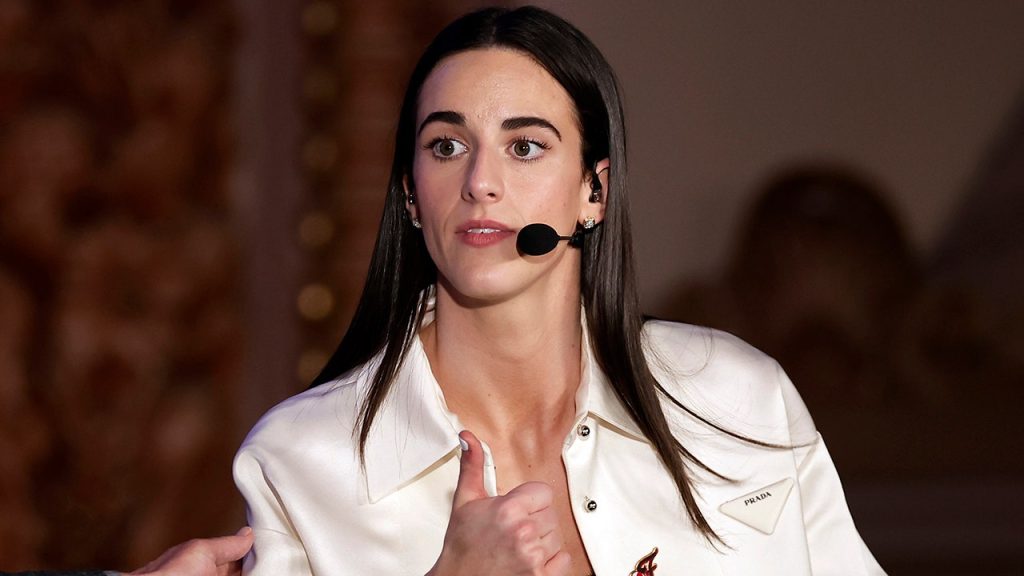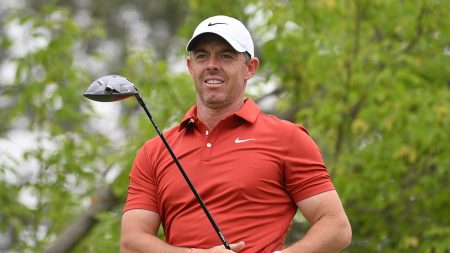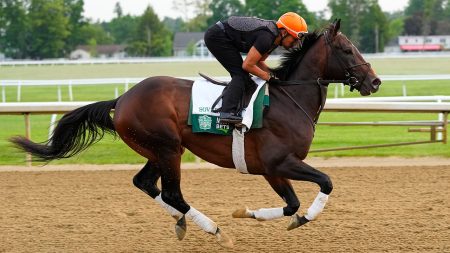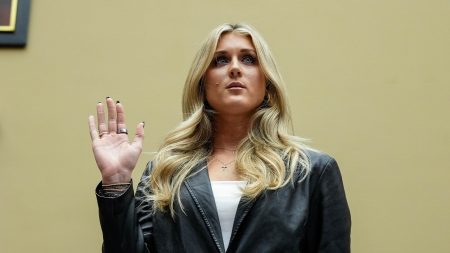Caitlin Clark’s whirlwind year, transitioning from collegiate stardom to the professional rigors of the WNBA, has been nothing short of transformative. From leading the Iowa Hawkeyes to the NCAA Championship game to being drafted first overall by the Indiana Fever, her journey has been a blur of high-stakes competition, demanding schedules, and unprecedented media attention. This rapid shift in gears, while exhilarating, also presented its own set of challenges, forcing Clark to adapt quickly to a new level of play and the demanding travel schedule of a professional athlete.
The abrupt transition from college to the WNBA left little room for reflection or closure on her collegiate career. Clark essentially went straight from the national championship game to the WNBA draft, bypassing the typical downtime afforded to most athletes. Unlike her counterparts in other professional sports leagues like the NFL, who enjoy a more gradual transition with the combine and training camps, Clark’s entry into the WNBA was a rapid immersion. This immediate shift, she admits, made it feel like she never truly concluded her chapter at Iowa, a sentiment likely shared by many athletes thrust into the professional realm with minimal transition time.
While the lack of a true offseason presented its challenges, the demanding schedule also served a beneficial purpose, preventing Clark from overthinking her performance and forcing her to focus on the immediate task at hand. This constant forward momentum allowed her to navigate the initial hurdles of professional basketball without dwelling on the magnitude of the change. This whirlwind pace also highlights the unique structure of women’s professional basketball, which differs significantly from other professional sports in its accelerated timeline from collegiate competition to the professional league.
Despite the whirlwind transition, Clark’s performance in her rookie season was nothing short of spectacular. She was crowned the WNBA Rookie of the Year, a testament to her exceptional talent and ability to adapt to the professional game. Her on-court prowess was undeniable, as she led the league in assists, shattering the single-season record with an impressive 337 assists. Her scoring prowess was equally remarkable, setting a new rookie record for total points in a season with 769 points and sinking 122 three-pointers, the second-highest single-season mark in WNBA history.
The mid-season Olympic break, a pause in the WNBA schedule to accommodate the 2024 Paris Games, proved to be a critical juncture in Clark’s rookie year. While initially disappointed to be left off the Olympic roster, the break provided her with a much-needed respite from the relentless pace of professional basketball. This month-long hiatus allowed her to recharge both physically and mentally, a crucial factor in her improved performance in the latter half of the season. Prior to the break, Clark averaged a respectable 17.1 points per game. However, following the break, a rejuvenated Clark returned to the court with a vengeance, averaging a significantly higher 23.1 points per game. This improvement played a key role in the Indiana Fever’s late-season surge, propelling them into the playoffs after a disappointing 1-8 start.
Looking ahead, Clark anticipates a more structured and predictable schedule in her second WNBA season, allowing her to establish routines and acclimate fully to the demands of professional life. This newfound stability will undoubtedly contribute to her continued growth and development as one of the league’s brightest young stars. Her journey from collegiate standout to WNBA phenom has been nothing short of extraordinary, marked by rapid transitions, impressive achievements, and a relentless pursuit of excellence. Her story serves as a testament to the transformative power of hard work, dedication, and the ability to adapt and thrive amidst the whirlwind of professional sports.










